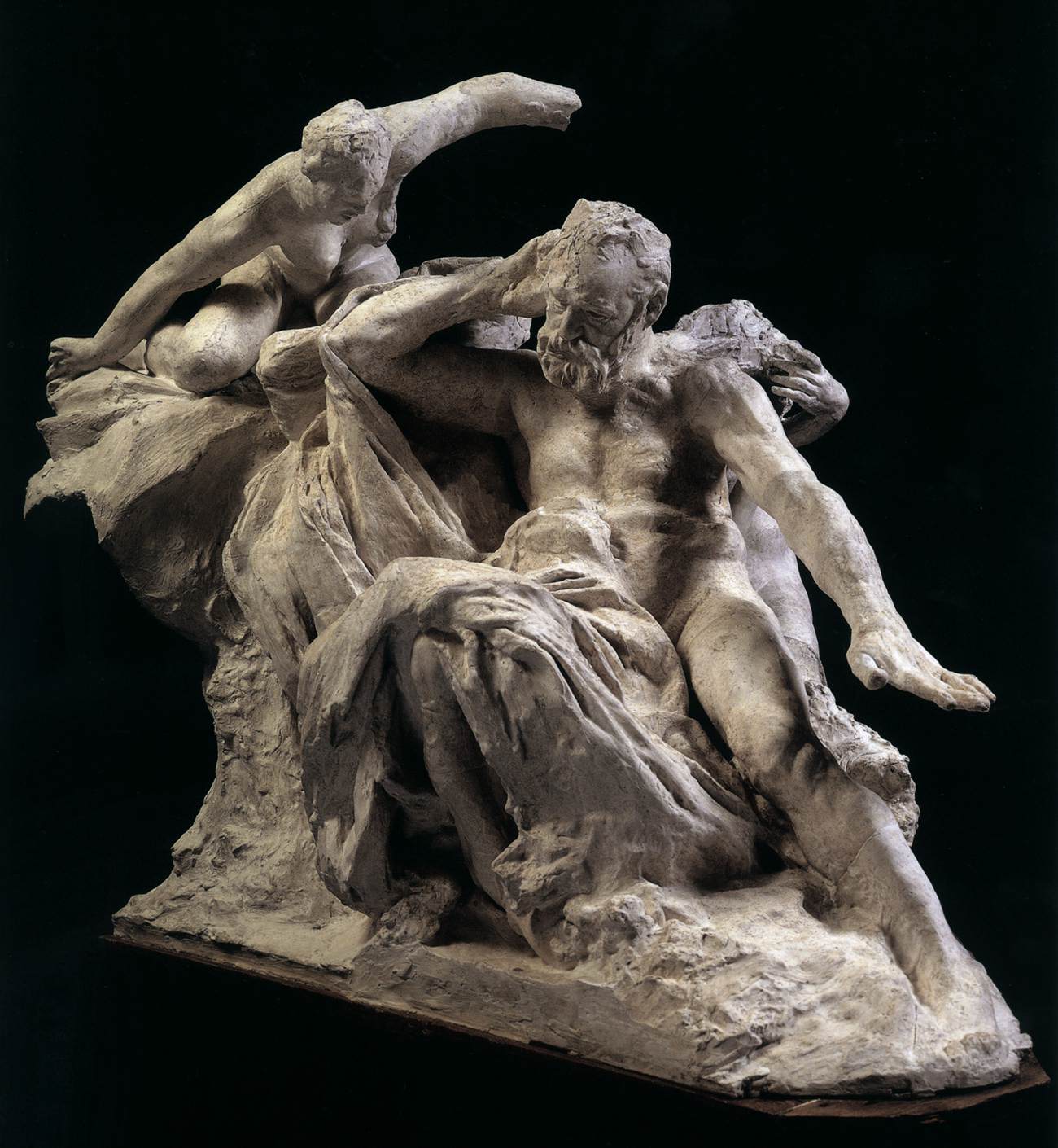Danish artist Laurits Andersen Ring (1854-1933) was one of the finest Danish painters of his generation, a golden generation that established Danish painting in the eyes of the world, numbering amongst his contemporaries his friend Harmmershoi (1864-1916), Holsoe (1863-1935), Ilsted (1861-1933) and Monsted (1859-1941).
A feature often seen in Ring's art is to place one or more objects at the edge of picture, which can be seen in e.g. Runesten ved Roskilde Landevej, Når taget ventes. Jernbaneoverkørsel ved Roskilde Landevej, Summerday by Roskilde Fjord and Lundbyes bænk ved Arresø.
Ring also often places the horizontal line high, as seen in Lundbyes bænk ved Arresø, Krager på pløjemarken, På kirkegården i Fløng, Skærsommer. Tre børn i en mark med kornblomster and in his portrayal of rural laborers.









